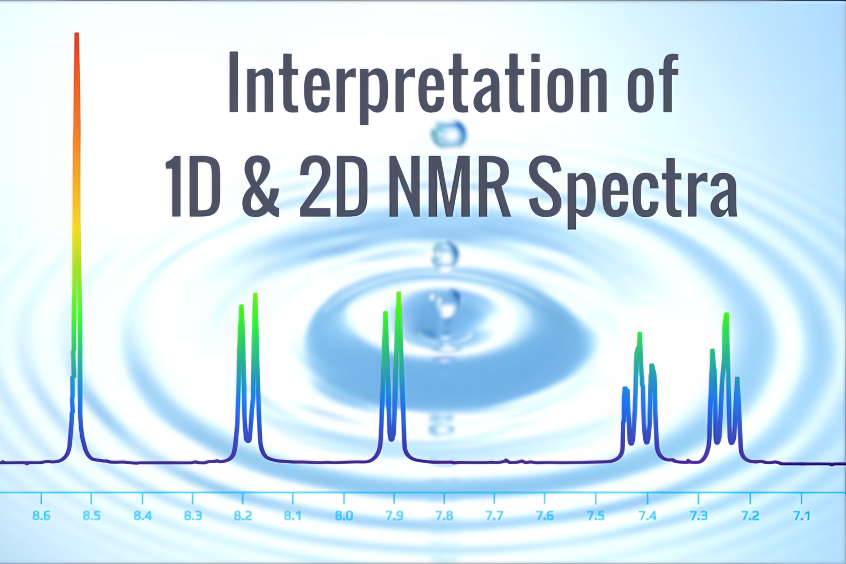About Course
Although a basic knowledge of chemical shifts and very simple interpretation of 1st-order spectra will be assumed, the general features of proton and carbon spectra will be reviewed with emphasis on the use of chemical shifts and coupling constants for the identification of unknown compounds. This will be followed by the use of proton decoupling procedures, magnetic non-equivalence, relaxation time measurements and NOE.
The second portion of the course will concentrate on the general features and interpretation of 2D homo- and heteronuclear J-delta and chemical shift correlation spectra.
At the end of the course, six final structure problems demonstrate lessons learned throughout the course using both 1D and 2D spectra.
The course corrects many widely held misconceptions that can lead to improper operation.

